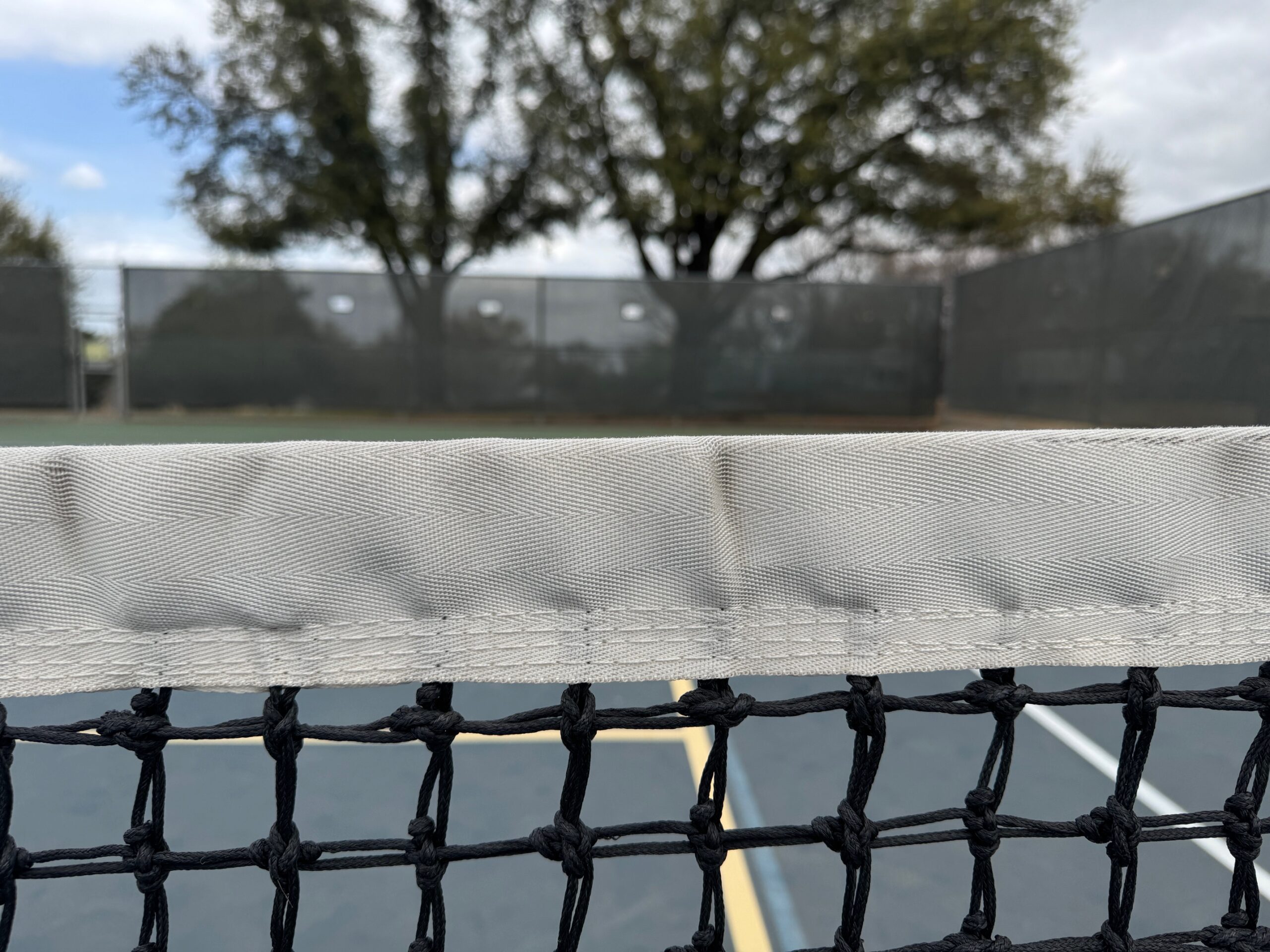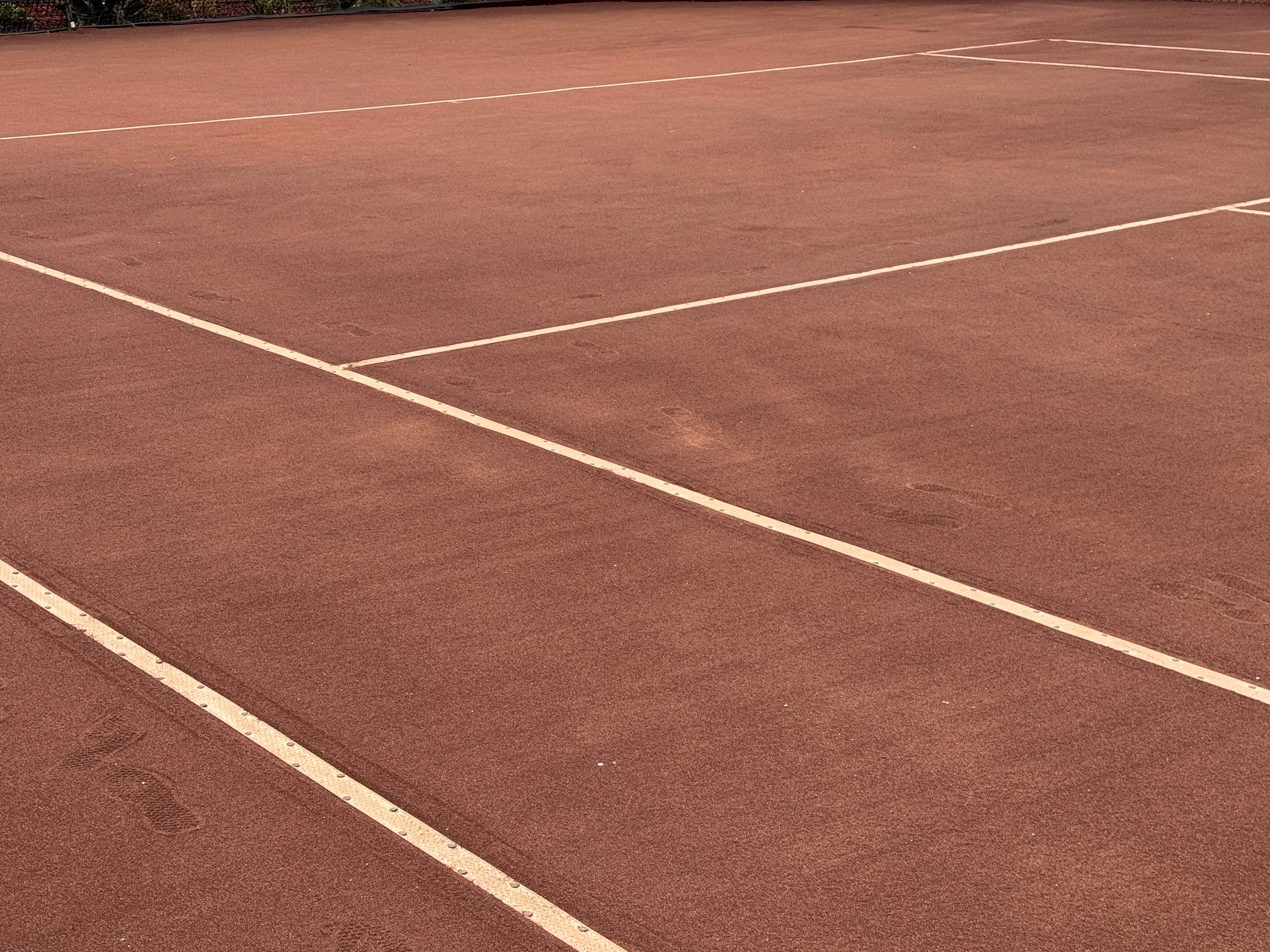Tennis News You Can Use
I was recently appointed to a team working on a corporate initiative to improve the culture of innovation at my place of employment. Consequently the synaptic connections in my brain were already primed with research, thoughts, and data on innovation long before news of the new 2021 USTA Adult Tournament Structure started hitting my inbox.
One Harvard Business Review (HBR, to the corporate cool kids) editorial examined by my Innovation Strategy team at work talks about the cult of innovation. Specifically, innovation is an almost ubiquitous and required component of any organizational strategy. At the same time, employees generally hate it. My team at work came to the conclusion that the sentiment expressed in that article was generally not the situation in our corporate environment.
Until I watched the official USTA webinar on the 2021 Adult Tournament Structure, I had mentally filed away that HBR editorial as useless to me personally. After my initial viewing of the USTA initiative I came to the stark realization that I was having a visceral reaction to the way innovation was being used in the video that was very much in line with the employee reactions described in the HBR editorial.
Innovation is a creative and novel approach to solve an existing problem. More broadly, innovation can also be applicable to solving problems that were not yet recognized to exist. A more positive way to state the latter is that innovation is the creation of opportunities.
In the case of the USTA Tournament structure, this is definitely the first and most narrow usage of the term innovation. The USTA has a problem with declining participation in tournaments and is desperately trying to reverse that trend. This was directly confirmed in an informational request that I submitted through USTA Texas. That request was passed onto USTA National for a coordinated response. This is an excerpt.
The truth is, the Adult tournament participation has been on a decline for over 5 years, and we need to make changes that advocate for products that are more convenient for our consumers.
USTA National in Response to Fiend at Court Information Request
The fact that participation in USTA adult tournaments was precipitously in decline was already apparent to me personally. Indeed, I was writing on those themes on this site long before I was aware that the USTA had also come to the same realization and was actively pursuing a solution.
I am happy to see the USTA try to do something to revitalize tournament participation. However, when I examine the full slate of changes there are many aspects that I do not think will resonate well with the existing tournament community in Texas.
Anyone who has ever studied entrepreneurism or has read a biography of Michael Dell, the founder of Dell Technologies, is likely already familiar with the following story. When Dell was 16 he pocketed $18,000 in commissions in a twelve-month stretch selling subscriptions to the Houston Post. The way that he accomplished that feat was by studying the people who had recently purchased new subscriptions and then targeting the same demographics with his efforts.
Rather than pounding the pavement going door to door like most of his peers, he realized that new subscriptions came primarily from newlyweds and people who had recently moved into new housing. By focusing his efforts on wedding notices, new property owners, and apartment complexes he gained an extraordinarily high conversion rate.
I relay that story because what I have been exposed to so far in regard to the new USTA 2021 Adult Tournament framework seems to focus a lot on the players that tennis is not currently attracting rather than on those who are currently playing. Something clearly needs to be done to stoke the pipeline of active players in order to build participation or even just to offset attrition.
In “The Physics of Tennis Tournaments: Critical Mass,” I wrote about how precarious the numbers of active players required to sustain tournaments had become. That post was very much in the context of the COVID-19 crisis. Clearly COVID makes everything harder.
The transition in USTA adult tournament structure is a “done deal” for 2021. The active tournament players should all be focusing on understanding the new structure at this point in time and planning accordingly. I do not think that there is any point in voicing opposition, and indeed I think that to do so would be counter productive to the best interest of all involved. We desperately need this new initiative to work or at least not to make things worse.
The reason I say that is because after examining the new structure it is very likely that things might appear to get worse before they get any better. That will probably be the case in Texas. These changes will have a profound impact on the tournament opportunities and playing decisions at an individual level.
I am one of the people who will be personally impacted by the new structure. There is a very good chance that there will be no tournaments in 2021 that my husband and I can both compete in. With that backdrop, I am accepting of the reality that sometimes things have to be broken down in order to get to a better place.
In 2021 USTA Adult tournaments will be conducted within a new structure with seven levels of events. These range from Level 7 (Local) to Level 1 (National Championships). A new universal ranking system will distribute points consistently across the country.
The NTRP tournaments will be played within that 7 tier system. The NTRP levels divisions will now be conducted in three age groups. These are 18+, 40+ and 55+. The three tiered structure does not apply to 5.0 for obvious reasons.
As of right now the USTA national position is that there will be no mixed doubles at NTRP tournament events. Additionally, sections are not permitted to create a NTRP mixed doubles rankings list. For example in Texas, assuming that the Masters is conducted as a Tier 5 closed tournament, there will be no mixed doubles.
As an editorial side note, currently the picture on the USTA national web page which announces the changes for 2021 is clearly mixed doubles. (Psssst…. USTA… you might want to update the picture for a more consistent message.)

There will also be no Open events conducted in conjunction with NTRP tournaments. This worries me on a personal level because a lot of the participation at 5.0 in my section last year were people traveling in conjunction with their friends who are playing Open events. Also, if 5.0 events don’t make, there is no option to bump those players into Open.
As happy as I am to see the USTA attempt a new strategic initiative to stem the tide of declining play, I have a lot of personal trepidation. I chose the headline “Innovate or Die” which evokes the title of a popular business text on innovation. The gist of that book is that organizations that do not embrace innovation are destined for extinction. We need to embrace Innovation. My concern is that the new approach might not be the dichotomy “or” but rather a singular “and.” Innovate and Die would be very, very, bad. Thus, as Innovation is pursued, it needs to be performed with a sharp focus on preserving the future viability of Adult tournament tennis.
I am anticipating that next weekend’s “Unplugged” series of posts will continue to focus on various aspects of the new framework. Now seems like an opportune time to remind people of the email subscription that will deliver every new post straight to your inbox.
In the meantime everyone needs to review the new tournament structure and start planning accordingly.
This is the link to the USTA National Page on the New Structure with additional information: https://www.usta.com/en/home/play/adult-tennis/programs/national/usta-adult-tournament-changes-for-2021.html
- Stop Calling It “Innovation,” Nadya Zhexembayeva, Harvard Business Review, February 19, 2020
- Entrepreneur if the Century: Michael Dell, Evan Smith, Texas Monthly, December 1999.
- 2021 Adult Tournament Changes, USTA National Webinar, undated.
- USTA Adult Tournament Changes for 2020, USTA National Website, viewed 7/25/2020
- Fiend at Court Request, July 21, 2020, (Official response to emailed questions.)




I agree with Caleb. I play men’s 30’s singles for the reason it’s a Saturday Sunday tournament. I do play mixed open and usually get a bye because of my rankings. I also play my age division men’s 55’s. I’m only allowed 8 personal days a year so I use those days for 55’s. I could play more tournaments if I didn’t have to take off on a Friday. I would play men’s open singles throughout the year but I don’t because they start on Friday. On the levels and big draws everyone has to play mostly on Friday. I know some people have no problem with taking off work but I would think the percentage is very high that the majority would rather start on a Saturday. So only a few have to take off Monday for the semi finals and finals.
Who’s begging paid to make all these bad decisions? Tournament entries are down because we dknt have any personal or sick days to take off work on Friday. Change them to Saturday-Monday tournaments, and the entire start raining from the sky like fire. How is this difficult to understand?